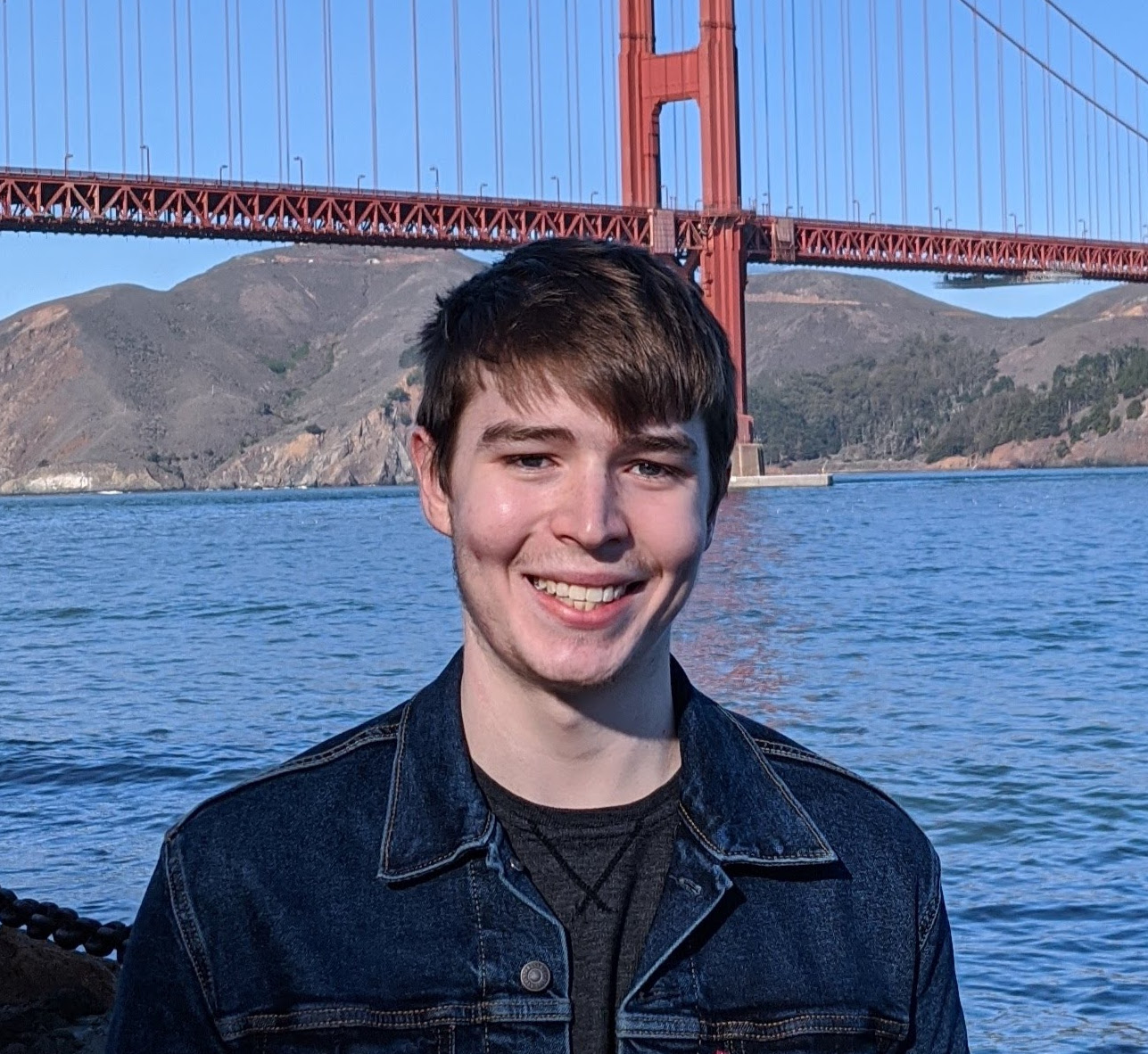I am an ML PhD student at Georgia Tech advised by Polo Chau and supported by the NSF GRFP.
I work on methods for interpreting (e.g., ConceptAttention), visualizing (e.g., Diffusion Explorer, ManimML), and guiding the behavior of generative models (e.g., PrefGen) the behavior of generative models. I have a particular interest in models for generating images and video. I enjoy incorporating tools from data visualization and HCI into my work, creating interactive tools and videos for explaining how ML models and techniques work.
I have had the opportunity to work with many great people on a variety of topics in both academic and industry research labs: at Apple on the Responsible AI team on improving vision-language models, at Adobe Firefly on improving the safety of text-to-image models, at IBM Research on natural language summarization, at NASA JPL on interactive visual tools for space science, and at the University of Pittsburgh on computational biology.
I am most interested in generative models, multimodal machine learning, and ML interpretability.
